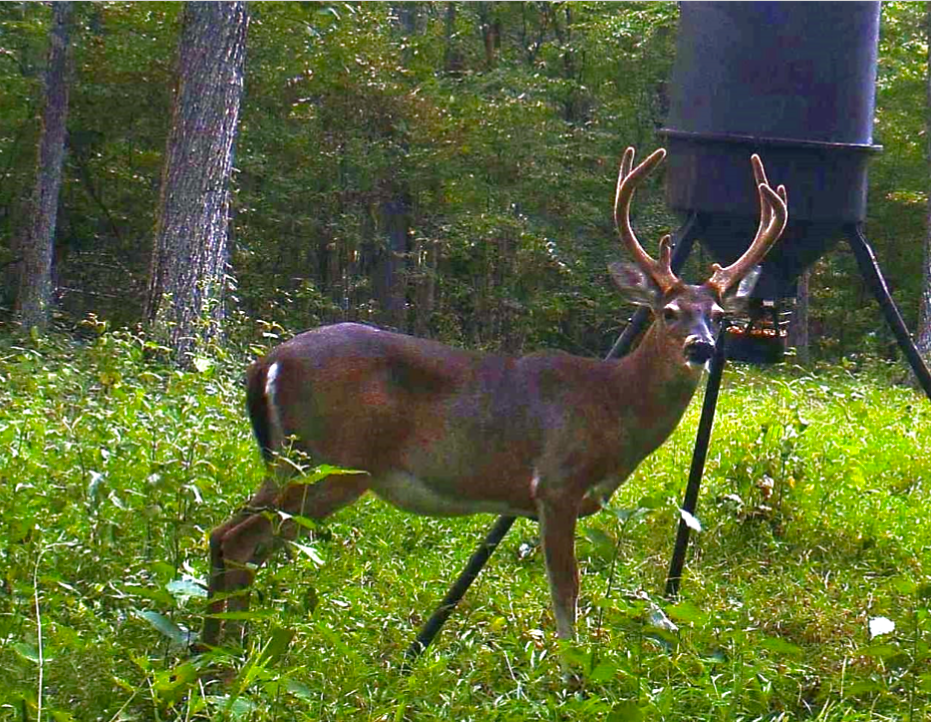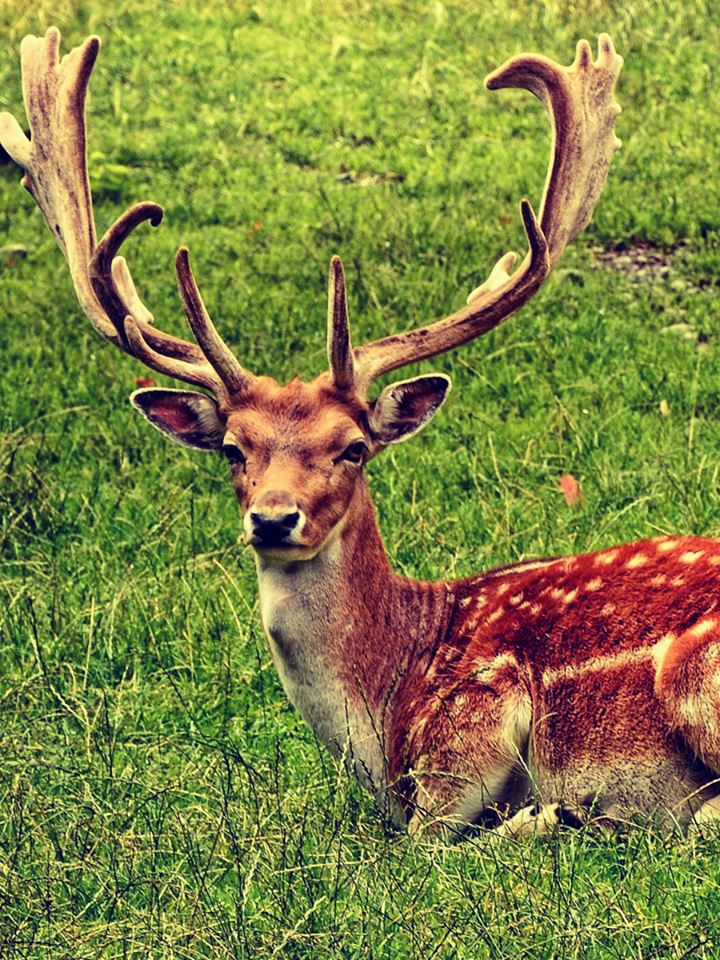Antlers!! This is what we all want to see and the bigger, the  better.
better.
According to the Quality Deer Management Association (QDMA), antlers are the most talked about, researched, and recognized characteristic of whitetail deer. Hunters spend countless dollars each year to aide in the bone growth of resident deer to grow larger bodies and antlers.
Anatomy of the Antler
Pedicles are the two plates connected to the top of the skull where antler development begins. Length of the days and fluctuations in testosterone levels stimulate and regulate all functions of antler development from growth to hardening. The burr is the base of the antler, connected to the pedicles and the main beam grows upward and outward from the burr. During the spring, as antlers are forming, the antlers have a high blood flow, which is necessary to provide the proper nutrients and oxygen to fast-growing tissue. A protective velvet will form during this time period to protect this sensitive and vulnerable area.
Mineral/Vitamin Attractants for Bone Growth
Growing antlers are mostly formed of proteins; whereas hardened antlers contain equal amounts of proteins and minerals. Studies have shown that calcium and phosphorus, two powerful minerals contained in Earthquake Outdoors Mineral Attractant, are the two most common minerals in deer antlers. Because of the large number of minerals required, whitetails have developed the ability to “store” calcium and phosphorus in their bones and then transfer them during antler growth.
Yet, these body sources of calcium and phosphorus provide only a portion of what’s needed for ideal antler growth. The rest must come directly from the whitetail’s diet, therefore making supplementation necessary prior to and during antler growth.
Minerals are also important during gestation and lactation, as these time periods have a high requirement for salt, calcium, and magnesium.

Types of Mineral Attractants
- Food additive – these minerals are mixed with a supplement feed, and deer get the minerals while consuming the feed.
- Blocks – these are commercial mineral blocks that are usually placed on the ground or a stump. The deer consume the minerals by licking the block or consuming the soil below. Research shows that blocks are the least effective way for deer to get supplemental minerals.
- Granular – these minerals are incorporated into the soil. The deer get them by consuming the minerals and/or soil mixture. Research shows granular minerals facilitate increased consumption, as they are literally able to eat versus lick the mixture.
The health of the herd is a significant concern for many private landowners. If you have not added mineral attractants to your overall herd management program, why wait? While there have been many studies on the advantages of mineral supplementation, the key is to have realistic expectations and understand that supplementation is just one part of a successful management program. For more advice on quality deer management, check out QDMA.



